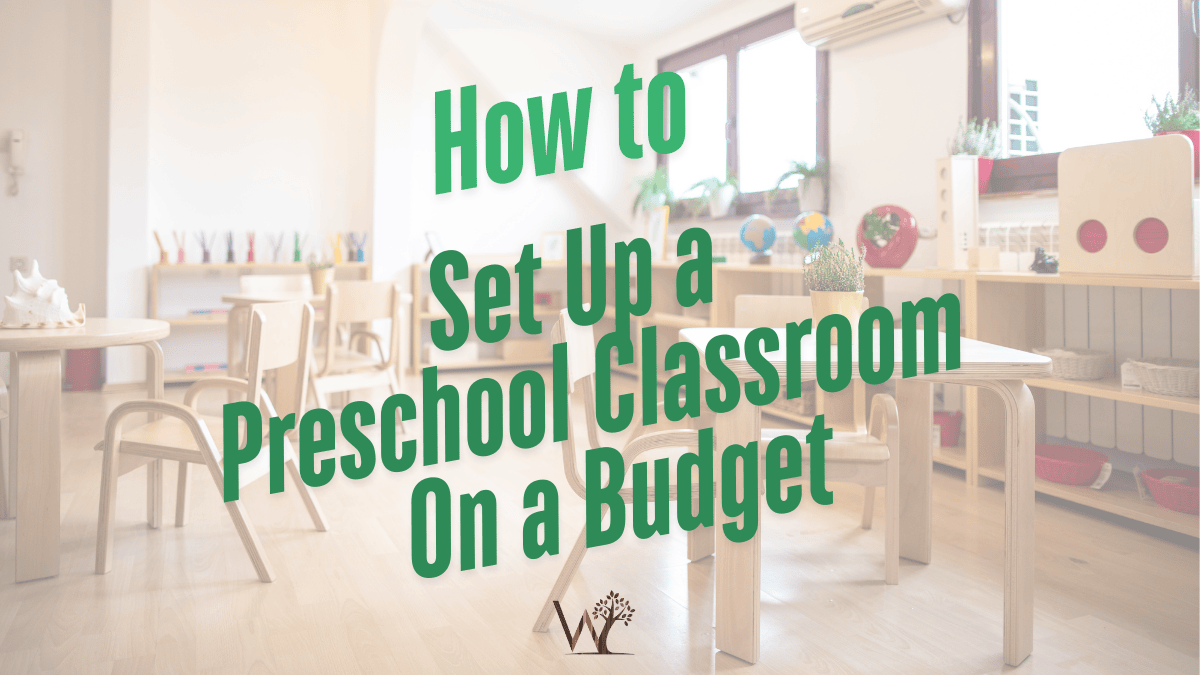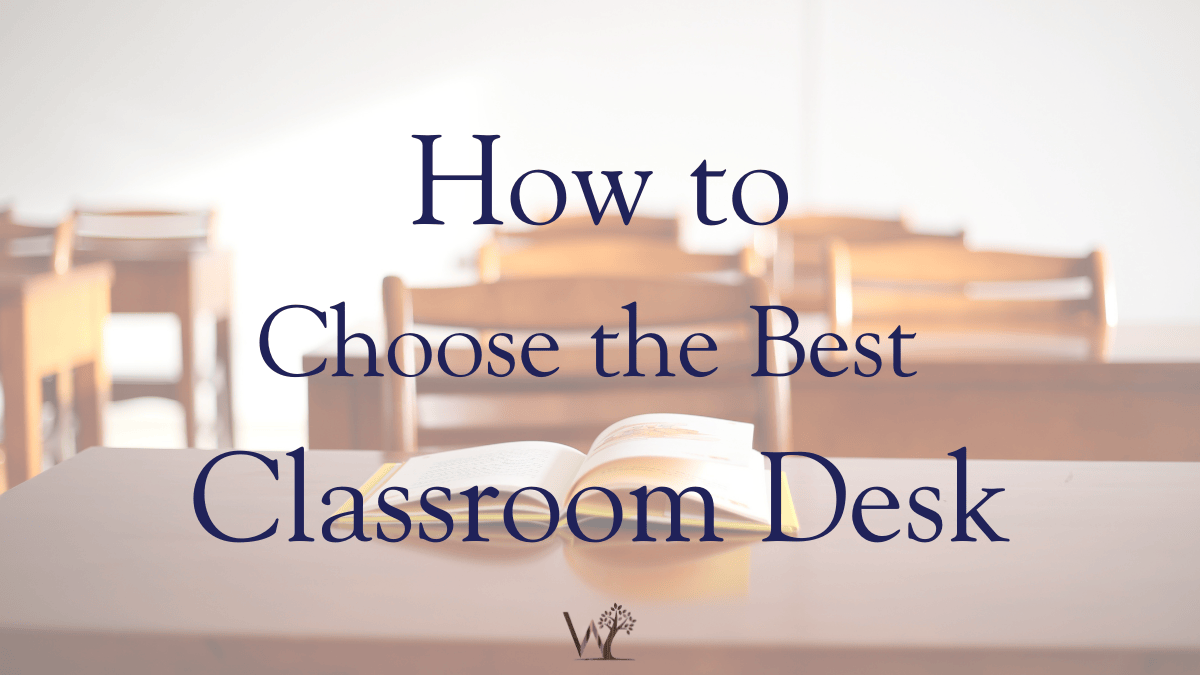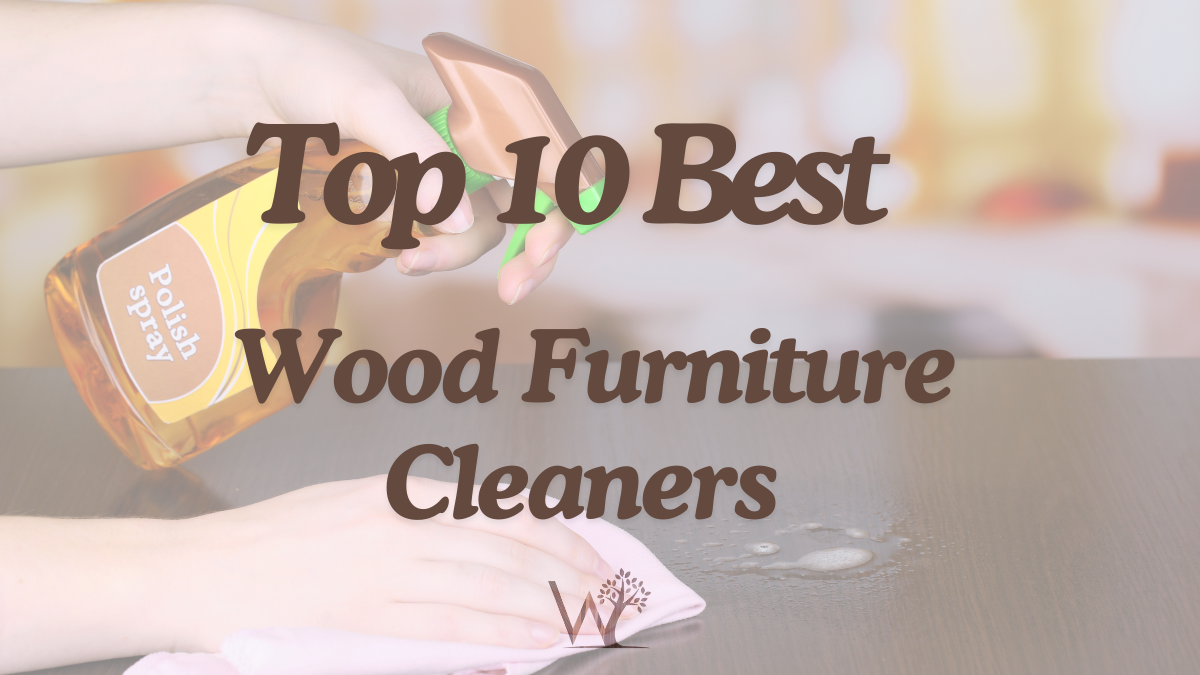Your outdoor furniture isn’t just a place to unwind—it’s the heart of your patio, setting the tone for every gathering. But exposure to the elements can quickly turn your once-beautiful setup into a faded, grimy mess. Dirt, mildew, and UV rays silently wear down the materials, making them look old and tired.
Luckily, a few simple cleaning techniques can bring your furniture back to life. Whether it’s wiping away dust or tackling deep-set stains, the right maintenance routine can work wonders. Plus, regular upkeep not only keeps things looking fresh but also extends the lifespan of your investment.
Ready to restore your patio to its former glory? Let’s dive into the best outdoor furniture cleaning tips.
I. Understanding Different Outdoor Furniture Materials
Maintaining your outdoor furniture’s beauty and longevity hinges on understanding the specific care each material requires. Let’s delve into the nuances of various types:
1. Wood Furniture
- Types: Common woods for outdoor furniture include teak, cedar, and eucalyptus. These hardwoods are favored for their durability and natural resistance to decay.
- Cleaning Tips: Regularly dust your wooden pieces to prevent dirt accumulation. For a deeper clean, use a mild soap mixed with water, gently scrubbing with a soft brush. Avoid harsh chemicals that can strip the wood’s natural oils.
- Best Cleaner: A solution of mild dish soap and warm water is effective. After cleaning, rinse thoroughly and allow the furniture to air dry completely.
- Protection: To shield against weather damage, apply a water-repellent preservative or a penetrating sealant annually. This not only enhances the wood’s appearance but also extends its lifespan.
2. Metal Furniture
- Cleaning Tips: Start by wiping off any loose dirt or dust with a soft cloth. Create a cleaning solution by mixing mild dish soap with warm water. Clean the furniture with soapy water using a soft brush or sponge. Use clean water and thoroughly rinse. Dry with a cloth to prevent water spots.
- Rust Prevention: Inspect for rust or chips regularly, especially in hidden areas where the surface may be unfinished. If rust is present, sand the affected area lightly and apply a rust-resistant paint to prevent further corrosion.
- Recommended Cleaners: A mixture of mild dish soap and warm water works well for routine cleaning. For tougher stains, a solution of water and white vinegar can be effective.
3. Plastic and Resin Furniture
- Cleaning Tips: Begin by removing loose dirt and debris with a brush or cloth. Mix a solution of mild dish soap mixed with warm water. Use the soapy water to scrub the furniture with either a sponge or soft brush. Rinse thoroughly with clean water and allow it to air dry.
- Addressing Discoloration and Mildew: For stubborn stains or mildew, a solution of water and white vinegar can be effective. Apply the mixture, scrub gently, and rinse thoroughly.
- Eco-Friendly Options: Utilizing natural cleaners like vinegar not only protects your furniture but also the environment. Always rinse thoroughly to prevent any residue.
4. Wicker Furniture
- Cleaning Tips: Vacuum or brush off loose dirt and dust. Create a solution of mild soap and warm water. Use a soft brush or cloth to clean the wicker with the soapy water, making sure to reach all the crevices. Rinse thoroughly with clean water and allow it to air dry.
- Deep Cleaning vs. Regular Maintenance: While regular dusting prevents buildup, it’s essential to perform a deep clean at least once a year. This involves a more thorough washing and careful drying to maintain the material’s integrity.
- Weatherproofing: To protect wicker from the elements, consider applying a clear varnish or paint designed for outdoor use. Additionally, using furniture covers when not in use can prolong its lifespan.
II. Essential Cleaning Supplies for Outdoor Furniture
To keep our outdoor furniture in top-notch condition, it’s crucial to have the right cleaning supplies on hand. Here’s a breakdown of what we need:
1. Must-Have Cleaning Products
- Best Cleaner for Outdoor Furniture: Depending on the material, we can opt for commercial cleaners or DIY solutions. For instance, a mixture of mild dish soap and warm water works wonders on most surfaces. For tougher stains, white vinegar diluted with water can be effective.
- Safe Cleaning Solutions for Various Materials: It’s essential to match the cleaner to the material. For wood, avoid harsh chemicals that can strip natural oils. Metal furniture benefits from non-abrasive cleaners to prevent scratches. Plastic and resin pieces can usually handle mild all-purpose cleaners.
- DIY Outdoor Furniture Cleaning Solutions Using Household Items: We can create effective cleaners using items like baking soda, vinegar, and lemon juice. For example, a paste of baking soda and water can help remove mildew on outdoor furniture.
2. Tools You Need
- Brushes, Cloths, and Pressure Washers: Soft-bristled brushes are ideal for scrubbing without damaging surfaces. Microfiber cloths help in wiping down and drying furniture. Pressure washers can be used for deep cleaning, but we should be cautious with delicate materials.
- When to Use Pressure Washing Outdoor Furniture: Pressure washing is effective for removing embedded dirt and grime from sturdy materials like metal and plastic. However, it’s advisable to avoid using high pressure on wood or wicker to prevent damage.
3. Eco-Friendly Cleaning Options
- Natural Cleaning Alternatives: Utilizing eco-friendly cleaning solutions, such as vinegar, baking soda, lemon juice, castile soap, and essential oils, are safe for both the furniture and the environment.
- Tips for Reducing Environmental Impact: By choosing biodegradable cleaners and reducing water usage, we can minimize our ecological footprint. Additionally, using reusable cloths instead of disposable wipes contributes to sustainability.
Comparison of Commercial vs. DIY Cleaning Products:
| Aspect | Commercial Cleaners | DIY Solutions |
|---|---|---|
| Cost | Generally more expensive; ongoing purchase required. | Cost-effective; utilizes common household items. |
| Effectiveness | Formulated for specific stains/materials; may work faster. | Effective for regular maintenance; may require more effort for tough stains. |
| Environmental Impact | May contain chemicals; potential environmental harm if not eco-friendly. | Typically eco-friendly; ingredients are natural and biodegradable. |
| Safety | Some products may contain harsh chemicals; require careful handling. | Generally safer; fewer toxic fumes and skin irritants. |
| Availability | Readily available in stores; variety of options for different needs. | Ingredients usually on hand at home; recipes available online. |
By selecting the appropriate cleaning products and tools, we can ensure our outdoor furniture remains clean, durable, and inviting throughout the seasons.
III. Step-by-Step Guide to Cleaning Outdoor Furniture
Maintaining the allure of our outdoor spaces requires a consistent cleaning routine. Here’s how we can keep our patio furniture looking its best:
1. Daily Maintenance Routine
- Quick Wipe-Down Tips: After daily use, it’s beneficial to wipe down surfaces with a damp cloth to remove dust and prevent buildup. This simple step aids in removing dirt from outdoor furniture and keeps it looking fresh.
2. Deep Cleaning Outdoor Furniture
- How to Clean Patio Cushions and Remove Tough Stains: For fabric cushions, remove covers if possible and launder according to manufacturer instructions. For non-removable covers, a solution of mild soap and water can be used. Gently scrub stains with a soft brush, rinse thoroughly, and allow to air dry completely.
- Seasonal Deep Cleaning Process: At the start and end of each season, perform a thorough cleaning of all furniture pieces. This includes washing frames, treating fabrics, and checking for any needed repairs. Such outdoor furniture deep cleaning ensures longevity and readiness for use.
- Outdoor Furniture Restoration Techniques: For wood furniture showing signs of weathering, sanding down rough areas and applying a fresh coat of sealant or paint can restore its appearance. Metal pieces may require rust treatment and repainting. Regular maintenance prevents extensive restoration needs.
3. Spot Cleaning and Stain Removal
- How to Remove Stains from Outdoor Furniture Effectively: Address spills promptly by blotting with a clean cloth. For stubborn stains, a mixture of equal parts water and white vinegar can be applied, then rinsed off after a few minutes. Always test a small, inconspicuous area first to ensure no discoloration occurs.
- Tackling Mildew, Mold, and Food Stains: Mildew on outdoor furniture can be treated with a solution of one cup of bleach added to a gallon of water. Apply carefully, scrub gently, rinse thoroughly, and allow to dry in the sun. For a natural alternative, a mixture of vinegar and water can be effective.
IV. Protecting and Maintaining Outdoor Furniture
Ensuring our outdoor furniture stands the test of time requires proactive measures. Here’s how we can shield our pieces from the elements:
1. Preventive Measures for Longevity
- Shield from Sun and Rain: Prolonged exposure to sunlight can fade colors, while moisture can lead to mold and mildew. Positioning furniture under umbrellas or canopies offers essential protection.
- Utilize Furniture Covers and Sealants: Investing in high-quality, waterproof covers safeguards against rain and UV rays. For wooden pieces, applying a polyurethane sealant with UV blockers preserves the wood’s natural beauty and durability.
2. Weatherproofing Outdoor Furniture
- Select Appropriate Protective Coatings: For wood, using UV-resistant varnishes or paints prevents sun damage. Metal furniture benefits from paste wax applications to deter rust.
- Adapt to Climate Conditions: In humid areas, ensure proper ventilation to prevent moisture buildup. In regions with intense sun, prioritize shading solutions to minimize exposure.
3. Storage Solutions
- Winter Storage Practices: Before the onset of winter, clean and dry furniture thoroughly. Store items in a dry area like a garage or shed to prevent damage from freezing temperatures.
- Off-Season Protection: Even during milder off-seasons, using covers or moving furniture to sheltered areas reduces wear and tear.
Preventive Measures for Outdoor Furniture:
- Position under umbrellas or canopies to shield from sun and rain.
- Use high-quality, waterproof covers.
- Apply UV-resistant varnishes or paste wax, depending on material.
- Store in dry areas during harsh weather conditions.
V. Cleaning Outdoor Fabric Furniture
Fabric elements of our outdoor spaces require specific care to maintain their appearance and functionality:
1. Fabric Types and Care Instructions
- Polyester, Acrylic, and Olefin: These materials are popular for their durability and resistance to fading. Regular cleaning with mild soap and water keeps them looking fresh.
- Removing Stubborn Stains: For tough spots, a mixture of water and white vinegar can be effective. Always test a small area first to ensure there’s no discoloration.
2. Washing Methods
- Hand Washing vs. Machine Washing: Removable cushion covers can often be machine washed on a gentle cycle. For non-removable fabrics, hand washing with a soft brush and mild detergent is recommended.
- Using Fabric Protectors: After cleaning, applying a fabric protector spray helps repel water and stains, extending the lifespan of the cushions.
3. Preventing Mold and Mildew
- Avoiding Mildew Buildup: Ensure cushions are completely dry before storing. In humid climates, regular cleaning prevents mold growth.
- Proper Drying Techniques: Air-dry cushions in a sunny, well-ventilated area. Avoid using dryers, as high heat can damage the fabric.
Steps to Clean Outdoor Fabric Furniture:
- Brush off loose dirt.
- Prepare a solution of mild soap and lukewarm water.
- Use a soft brush to clean, allowing the solution to soak in.
- Rinse thoroughly with water.
- Air-dry completely before use.
By following these guidelines, we can ensure our outdoor fabric furniture remains inviting and durable throughout the seasons.
VI. Common Mistakes to Avoid When Cleaning Outdoor Furniture
Maintaining our outdoor furniture’s longevity and appearance requires mindful cleaning practices. Here are common pitfalls to steer clear of:
1. Overusing Harsh Chemicals
Employing strong cleaners can strip protective finishes and degrade materials. Opt for mild, eco-friendly solutions like diluted dish soap or a mixture of vinegar and water to preserve your furniture’s integrity.
2. Ignoring Regular Maintenance
Neglecting routine upkeep allows dirt and grime to accumulate, leading to premature wear. Establishing simple habits, such as wiping down surfaces weekly and promptly addressing spills, can significantly extend your furniture’s lifespan.
3. Improper Storage Techniques
Storing furniture without proper cleaning or in damp environments can result in mold growth and structural damage. Ensure items are clean and completely dry before storing them in a dry, well-ventilated area during off-seasons.
VII. DIY Cleaning Solutions for Outdoor Furniture
Creating our own cleaning solutions is both cost-effective and environmentally friendly. Here are some simple recipes:
1. Homemade Cleaning Recipes
- All-Purpose Cleaner: Mix 1/2 cup of white vinegar with 1/4 cup of baking soda into 1 gallon of water. This solution effectively cleans plastic, metal, and glass surfaces.
- Wood Furniture Cleaner: Combine 1/4 cup of ammonia, 2 tablespoons of white vinegar, and 1 quart of warm water. Use this mixture to gently clean wooden surfaces without causing damage.
- Fabric Cleaner: Create a solution with 1 teaspoon of dishwashing detergent, 1 quart of warm water, and 1 tablespoon of borax. This is effective for cleaning outdoor cushions and removing stains.
2. Cost-Effective Cleaning Hacks
- Baking Soda Paste: For stubborn stains, mix baking soda with a small amount of water to form a paste. Apply to the affected area, let sit for 15 minutes, then scrub gently and rinse.
- Lemon Juice for Rust Removal: Apply lemon juice to rust spots on metal furniture, let it sit for 10 minutes, then scrub with a soft brush and rinse off. The natural acidity helps dissolve rust.
VIII. Professional Cleaning Services: When to Call in the Experts
While regular maintenance is essential, certain situations warrant professional intervention to preserve our outdoor furniture’s integrity.
1. Signs Your Furniture Needs Professional Attention
- Persistent Stains and Material Degradation: Stubborn stains, mold, or mildew that resist DIY efforts may indicate the need for specialized cleaning. Additionally, signs of material wear, such as fraying or rust, suggest it’s time to consult professionals.
- When DIY Solutions Fall Short: If our cleaning attempts fail to restore the furniture’s appearance or inadvertently cause damage, seeking expert assistance is prudent.
2. What to Look for in a Professional Cleaner
- Certifications and Expertise: Opt for cleaners with recognized certifications, such as those from the International Sanitary Supply Association (ISSA), which ensures adherence to industry standards.
- Cost Considerations and Service Guarantees: Evaluate the pricing structure and inquire about service guarantees to ensure value for investment. Transparent pricing and satisfaction assurances are hallmarks of reputable services.
3. Benefits of Professional Outdoor Furniture Cleaning
Engaging professional services offers several advantages, including enhanced appearance, improved comfort by removing allergens, and increased durability through preventive care.
IX. Seasonal Maintenance Tips for Outdoor Furniture
Adapting our care routines to seasonal changes ensures our outdoor furniture remains in prime condition year-round.
1. Summer Maintenance Tips
- UV Protection Strategies: Prolonged sun exposure can fade and weaken materials. Utilizing umbrellas, canopies, or UV-resistant covers helps shield furniture from harmful rays.
- Preventing Heat-Related Damage: High temperatures can cause certain materials to warp or crack. Regularly inspecting and adjusting the placement of furniture to shaded areas can mitigate heat stress.
2. Winter Maintenance Tips
- Cold Weather Protection Methods: Before winter sets in, clean and dry furniture thoroughly to prevent mold and mildew. Applying appropriate sealants adds an extra layer of protection against moisture.
- Best Ways to Store Furniture During Snow and Rain: Storing furniture in garages or sheds shields it from harsh weather. If indoor storage isn’t feasible, using high-quality, waterproof covers is advisable.
3. Spring Cleaning Routine
- Preparing Your Patio Furniture for Warmer Months: As temperatures rise, remove covers and inspect for any damage. Clean surfaces with appropriate solutions to eliminate any residue from storage.
- Refreshing Cushions and Accessories: Launder or spot-clean fabric components, ensuring they’re completely dry before use to prevent mildew growth. Replacing worn-out cushions revitalizes the overall aesthetic.
Seasonal Maintenance Checklist:
- Summer:
- Implement UV protection measures.
- Regularly inspect for heat damage.
- Winter:
- Thoroughly clean and dry furniture pre-storage.
- Store indoors or use waterproof covers.
- Spring:
- Clean and inspect all pieces post-storage.
- Refresh or replace cushions and accessories.
Conclusion
Keeping outdoor furniture clean and well-maintained ensures it stays functional and visually appealing for years. By following the right cleaning techniques and protective measures, you can extend the lifespan of your furniture and enhance your outdoor space.
If you’re looking for high-quality, durable outdoor furniture solutions for your business, EverWoody offers a wide range of wholesale options tailored to your needs. Contact us today to explore our customizable and weather-resistant furniture designed for long-term performance.






